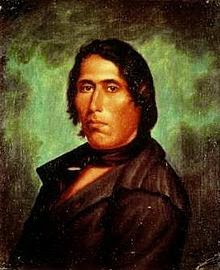What chances did enslaved African-Americans have of obtaining permanent freedom through revolt or escape? What factors work in their favor? What factors work against them?
The chances that enslaved African-Americans had of
obtaining permanent freedom through revolt or escape were few and far between.
In the film Solomon Northrup has a chance to escape when he is told by Mrs.
Epps that he has to get some things for her from the general store. Solomon has
the chance to escape and run off but on the way to the store he sees two slaves
being hung, and suddenly he is paralyzed with fear and too scared to run away,
so he just completes his chore. Some of
the factors work in the favor of slaves in their attempt to escape are their
imagination and their time to think. For example in the film Solomon Northrup
really only has the job of picking cotton and while it is a tough job it leaves
a lot of space to think of other things while working. So while a slave is
working he can be thinking about ways to escape and revolt against their owner.
Some of the factors that work against slaves trying to escape are they have
trust issues. For example in the film when Solomon Northrup gives Armsby his
letter and payment to send this letter up north, Armsby betrays him and tell
Mr. Epps that Solomon Northrup is attempting to escape. As you can imagine when
a slave is being betrayed he gives up some hope on escaping or revolting
against his master, thus loyalty works against him.





























